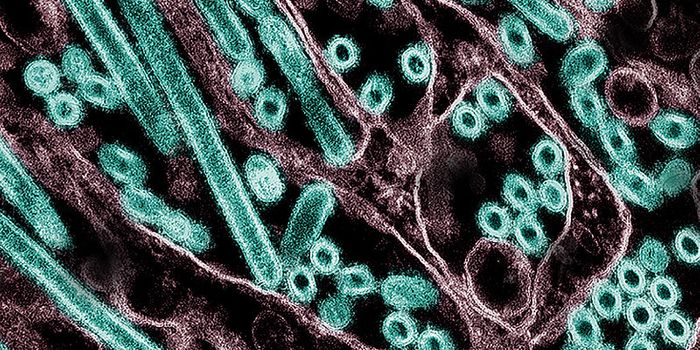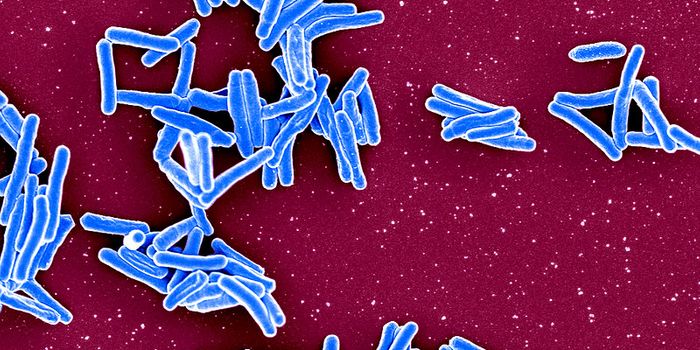Weighing Cancer Cells Helps Predict Treatment Outcomes
Not all cancer patients respond to oncology treatments in the same way. Some might show signs of improvement as the therapies block the growth of tumors. Others might not be so lucky.
Because of this variance, diagnostic technologies that help oncologists monitor patient response rates and change their treatment strategies accordingly are urgently needed.
Now, a collaboration between researchers at MIT and the Dana-Farber Cancer Institute has yielded an innovative, somewhat unconventional approach to checking if cancer cells are responding to treatment—by weighing them.
Most oncology treatments work by arresting the growth of rapidly dividing cells. Therefore, the team hypothesized that weighing cells could provide a wealth of information about whether the treatment is working.
The study, published in Cell Reports, uses glioblastoma as a model—an extremely aggressive cancer that affects around 13,000 people in the U.S. annually. Once diagnosed, most of these patients don’t survive past a year. There are very limited treatment options for glioblastoma, and chemotherapies such as temozolomide only work in about half of the patients.
In search of fast and simple ways of analyzing whether glioblastoma patients are responding to chemo, the team collected cancer cell samples from 69 patients. They kept the tumor cells alive under laboratory conditions, growing them into ball-shaped tissue cultures. Next, they treated the patient cells with temozolomide and measured the mass of individual cells a few days later.
The researchers found that using their test, they could accurately predict whether or not the patients responded to the treatment.
According to the researchers, the test can help doctors make data-driven decisions on how best to treat their patients, regardless of the type of cancer or the chemo drug.
“Ideally we would test the drug the patient was most likely to get, but we would also test for things that would be the backup plan: first-, second-, and third-line therapies, or different combinations of drugs,” said Keith Ligon, one of the authors of the study.









